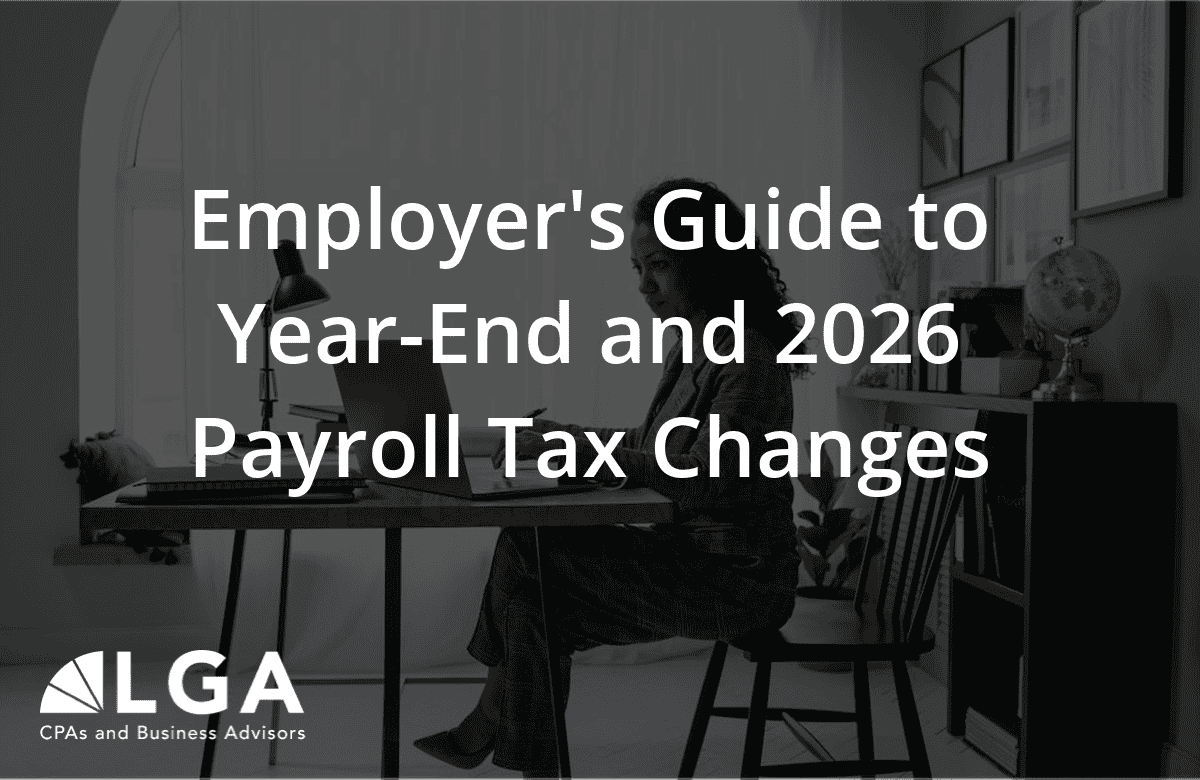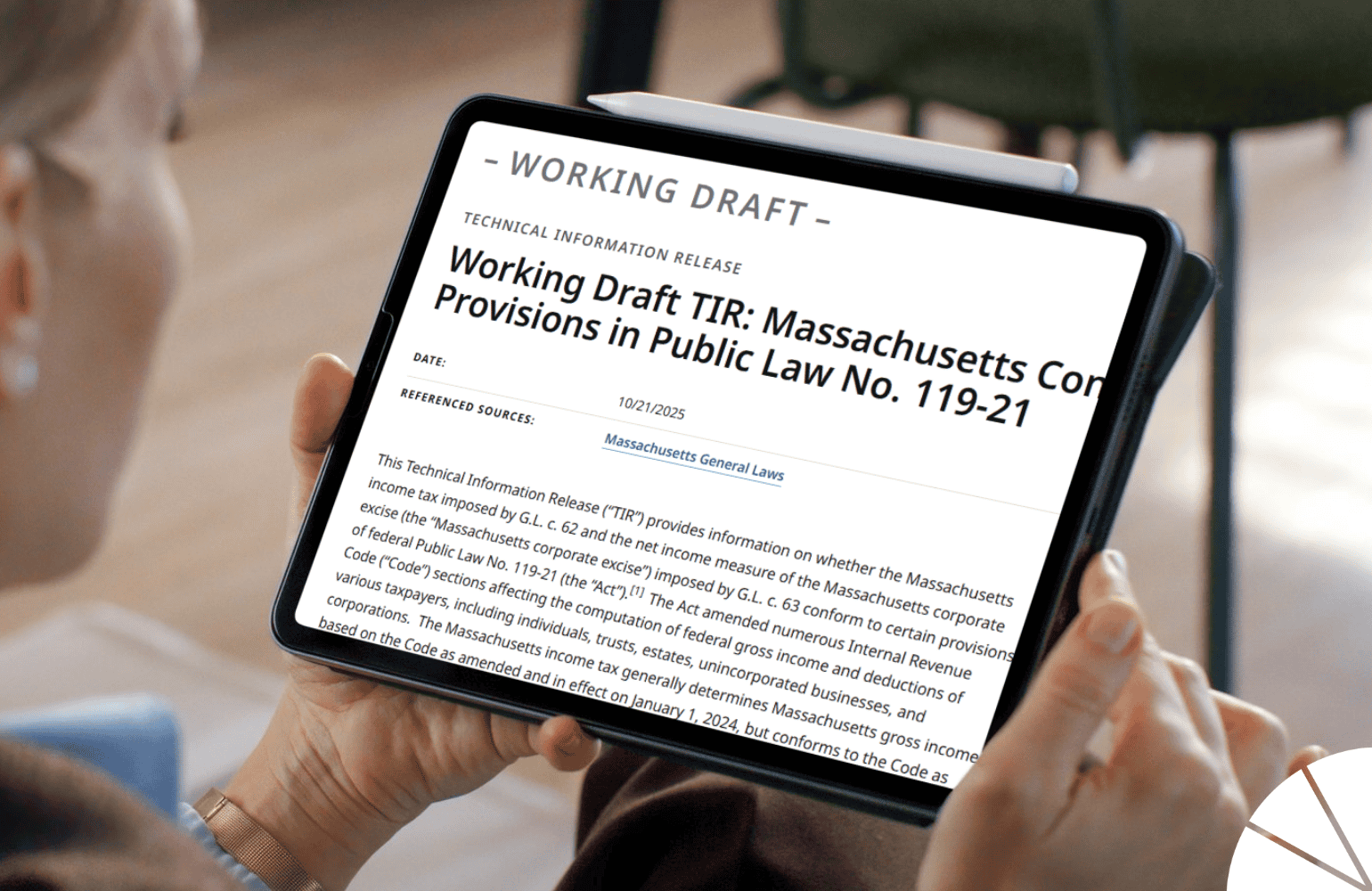
Understanding your 401(k) plan’s definition of eligible compensation is an important, but often oversimplified, element of operating an employee benefit plan. When employees elect to participate in a 401(k) plan, they select their investments and elect a percentage or dollar amount to defer into the plan. But once that deferral percentage is chosen, what is the compensation it should be applied to? Does it include those year-end bonuses? How about the automobile stipend? The answer lies in your plan document. Eligible compensation is the compensation employees receive which is used for the purposes of calculating employee deferrals, employer match, etc. Although there are some general guidelines laid out by the regulators, each plan has significant discretion regarding what is considered eligible and unfortunately it is not always as easy as the gross pay the employees receive.
Correctly Applying Eligible Compensation
For anyone involved in the operation of a 401(k) plan, it is imperative to read and understand the definition of eligible compensation for your plan as well as to ensure that it is being properly applied in your payroll system. Proper application of the definition of eligible compensation is critical for satisfying your fiduciary duties to the plan and the plan participants. Due to the automation of most payroll systems, if a pay code is erroneously included or excluded as eligible compensation it can cause widespread issues across multiple employees and over long periods of time if the error is not caught in a timely manner. This can result in costly corrective action, making it extremely important to make sure your current payroll system is in line with the definition per the plan document as well as to take extra care when adding new pay codes to your payroll system that the proper attention is given to including or excluded the compensation in the 401(k) calculations. As employers continue to get more creative with the ways they compensate their employees, the determination is not always black and white.
Know the IRS Regulations
In addition to the proper application of the definition of eligible compensation, there are other things to consider with regards to payroll when administering your retirement plan including IRS regulations regarding maximum contributions allowed for participants, maximum compensation allowed for calculating employer contributions and more. These regulations can change annually so it is important to make sure that your system is updated accordingly. Your service providers, including your payroll provider, may be helping to keep you in compliance, however it is important not to over rely on your service providers or to assume that they are making the appropriate adjustments to keep you in compliance. Although they may assist you with managing the plan, the ultimate responsibility rests with the plan sponsor.
Remember, you’re not alone! When adding new pay codes or evaluating your current compensation structure and payroll system, use the resources you have available to determine if you are in compliance. The help of a third-party administrator or a CPA firm specializing in employee benefit plan audits can help provide assurance that the definition of eligible compensation is being properly applied and keep you protected from DOL scrutiny and expensive corrective action.
If you have any questions or concerns regarding your plan’s eligible compensation, LGA’s employee benefit team is here to help. Contact us today.
by Matt Touma





